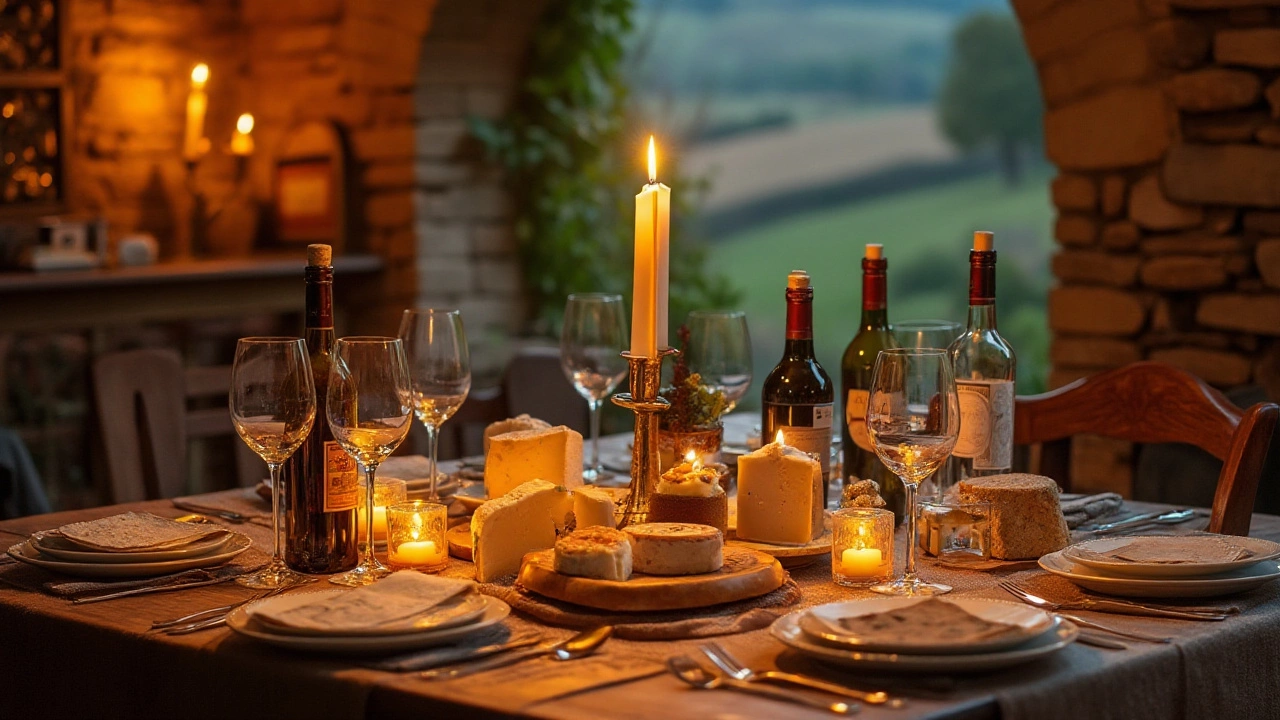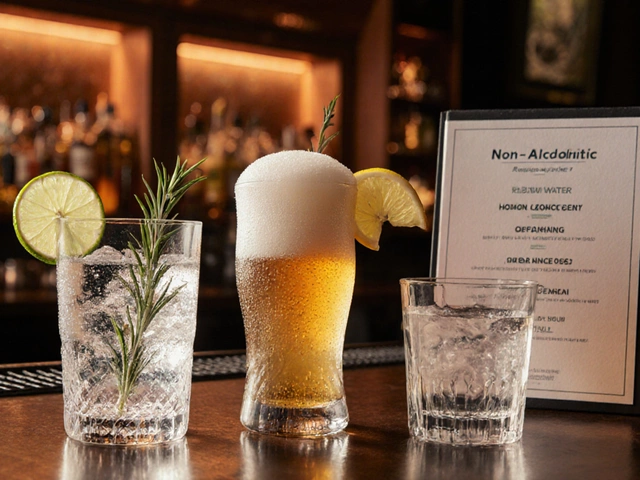Culinary Arts: Simple Tips for Wine, Cheese, and Food Pairing
Welcome to the part of the site where food meets fun. If you love a good glass of wine and a tasty bite of cheese, you’re in the right place. Here we break down why those combos work and give you quick ideas you can try tonight. No jargon, just useful advice you can use right away.
Why Wine and Cheese Work Together
Wine and cheese have been paired for centuries because their flavors balance each other. The acidity in wine cuts through the fat in cheese, while the cheese softens the wine’s sharp edges. This back‑and‑forth creates a smooth, pleasant mouthfeel. Think of it as a conversation: each sip and bite says something new, keeping the experience lively.
Science backs this up – the proteins and fats in cheese interact with tannins and acids in wine, creating new flavor notes. That’s why a sharp cheddar can brighten a bold cabernet, while a creamy brie lets a light pinot noir shine. Understanding this chemistry helps you move beyond “red wine with red meat” and experiment with real taste matches.
Practical Pairing Ideas You Can Try Tonight
Ready to put theory into practice? Grab a bottle of your favorite wine and a few cheeses you already have at home. Here are three easy combos that work for most palates:
- Cabernet Sauvignon + Aged Cheddar – The wine’s firm tannins meet the cheddar’s sharp bite, creating a bold, balanced flavor.
- Pinot Noir + Brie – Light fruit notes in the wine let the buttery brie melt smoothly on the palate.
- Sauvignon Blanc + Goat Cheese – The wine’s crisp acidity pairs perfectly with the tangy, creamy goat cheese.
If you want a quick cheat sheet, look at the post "The Art of Perfect Wine and Cheese Pairing" on our site. It dives deeper into why these pairings click and adds a few more niche suggestions for adventurous drinkers.
Don't forget texture. A crumbly blue cheese with a sweet dessert wine can be a game changer, while a soft mozzarella goes well with a bubbly rosé. Pairing isn’t just about flavor; it’s about how the mouth feels after each bite.
Beyond wine, you can use the same principles for beer or spirits. Try a hoppy IPA with a sharp gouda or a smooth bourbon with aged parmesan. The same balance of acidity, fat, and tannin (or bitterness) applies.
Finally, trust your gut. Everyone’s palate is unique, so if a combo feels off, switch it up. Play with temperature – a slightly chilled red can soften harsh tannins, while a room‑temperature white may highlight acidity better.
Pull together a small board, pour a glass, and let the flavors talk. With these simple rules, you’ll feel more confident exploring the huge world of culinary arts, one tasty pairing at a time.
Pairing cheese with wine is a tradition rooted in complementing flavors and enhancing the dining experience. The combination is an intricate dance of textures and tastes, which has evolved over centuries. Understanding the chemistry and cultural significance behind this pairing allows for a more rewarding and harmonious taste experience. Cheese and wine together offer a balance of acidity, sweetness, and texture, making each bite and sip memorable. This article delves into why they are paired together and offers tips for choosing the best combinations.
View Details
